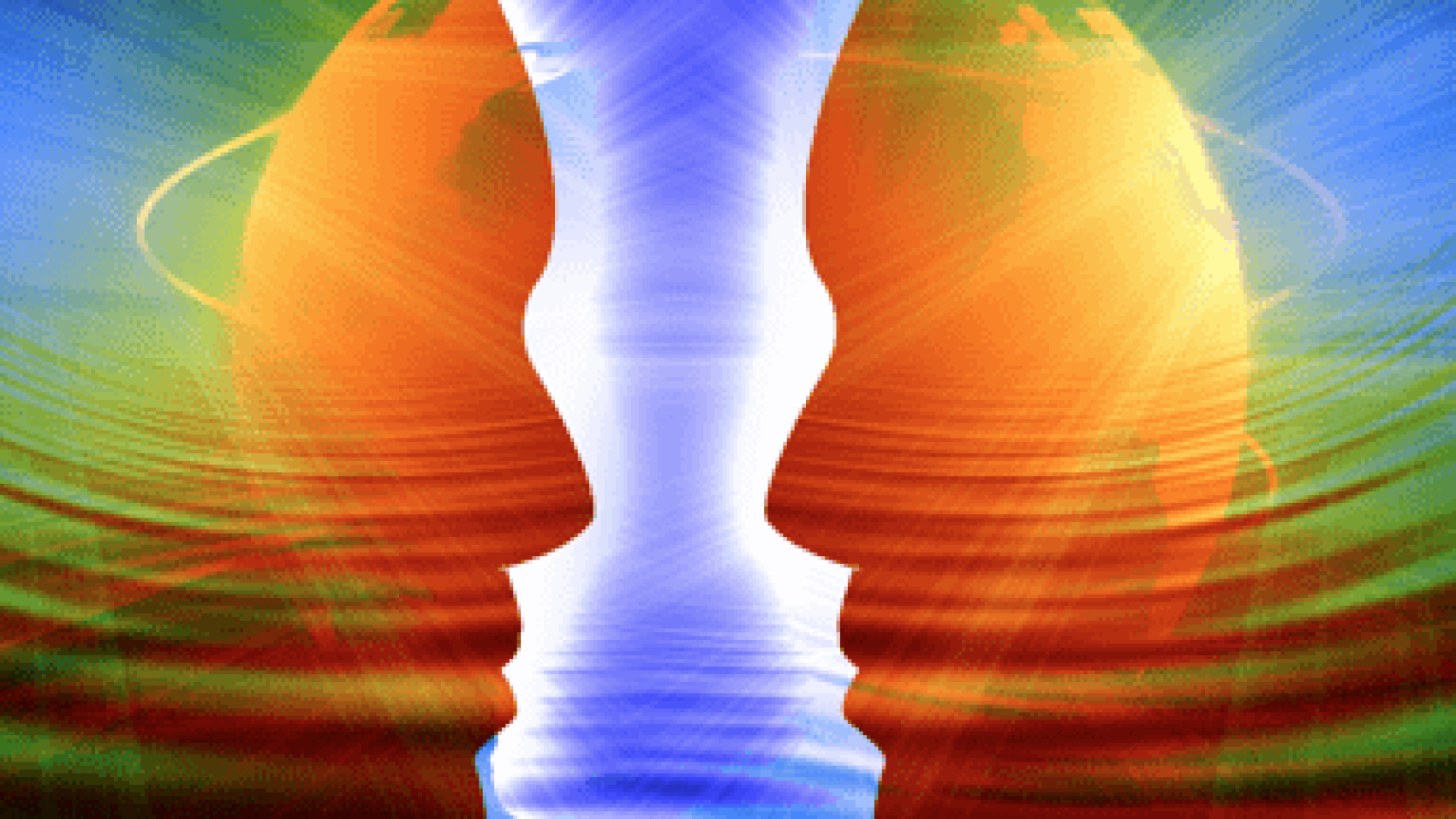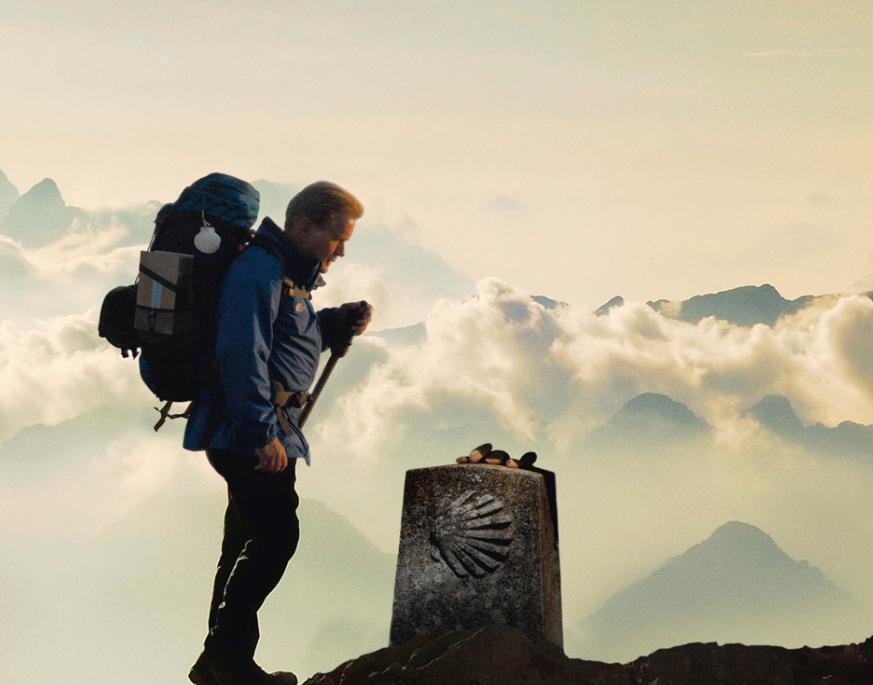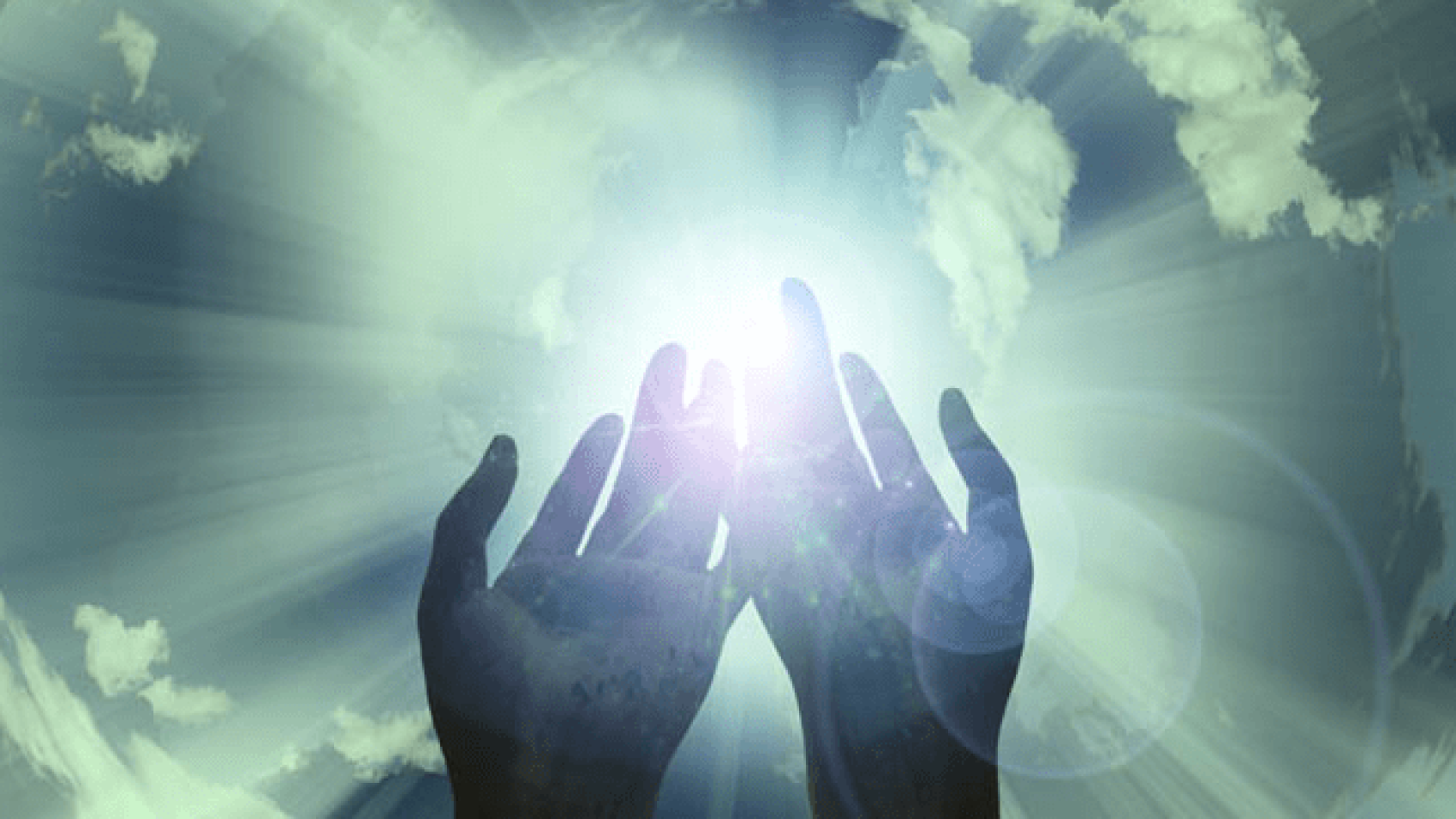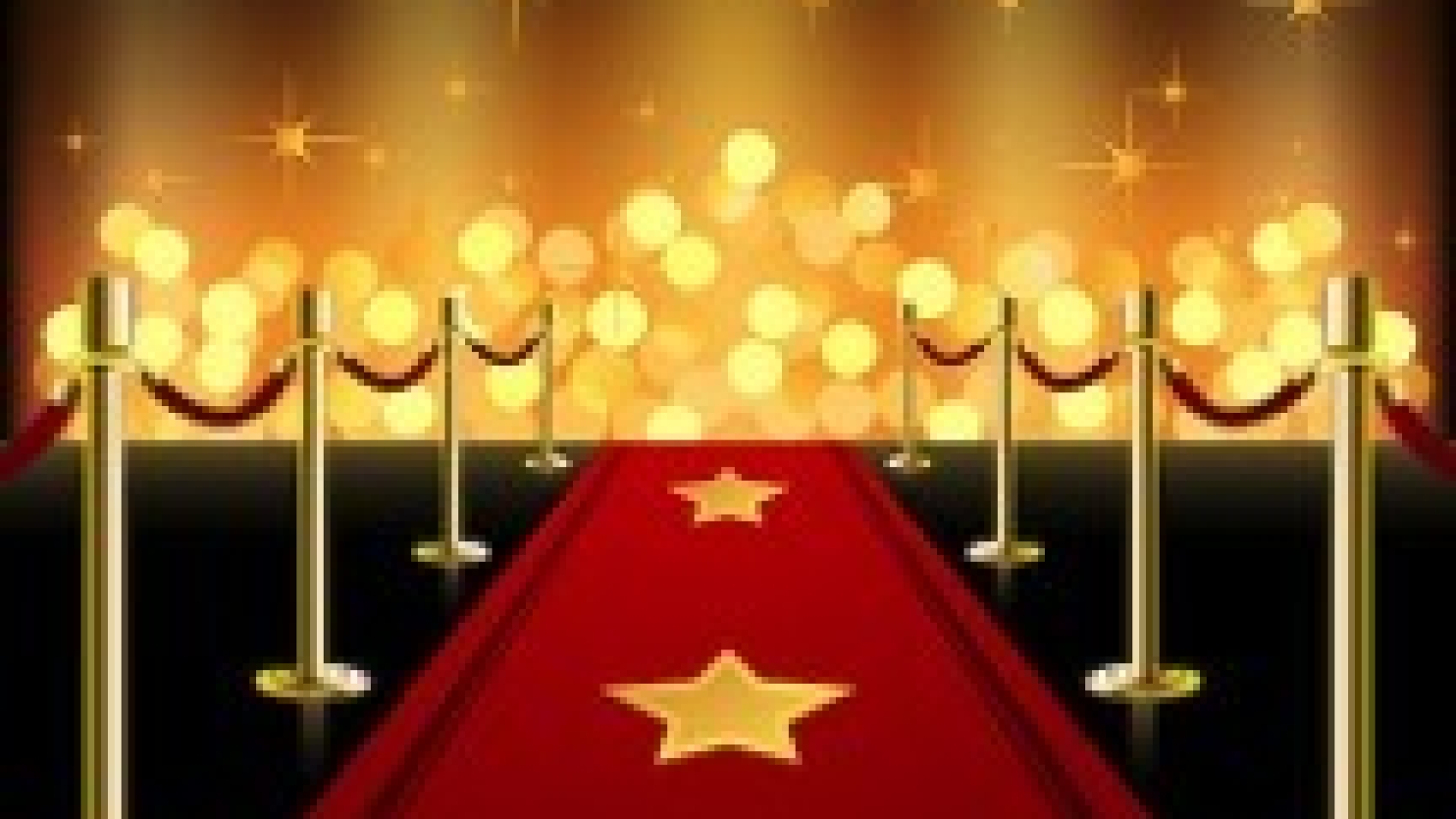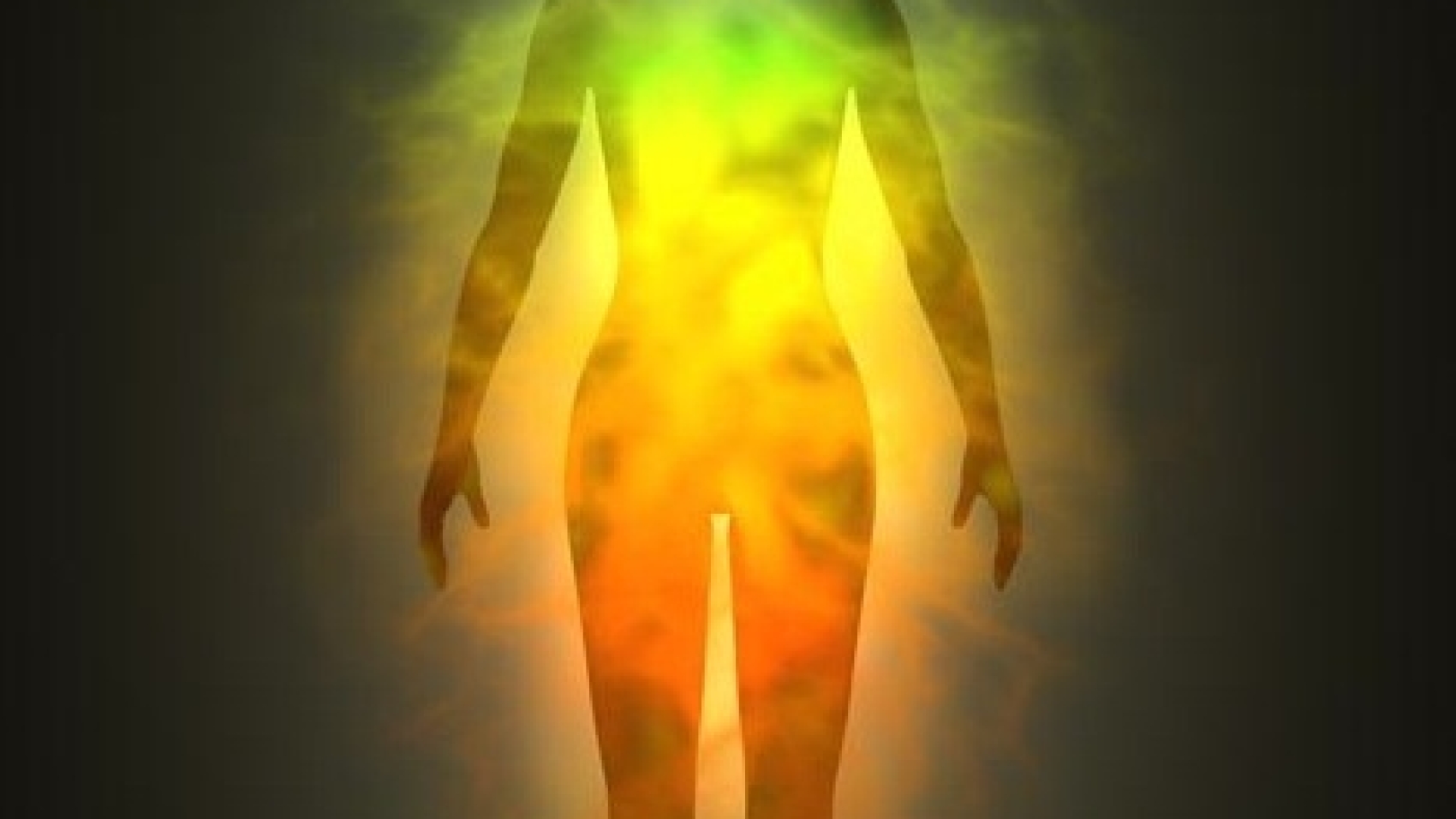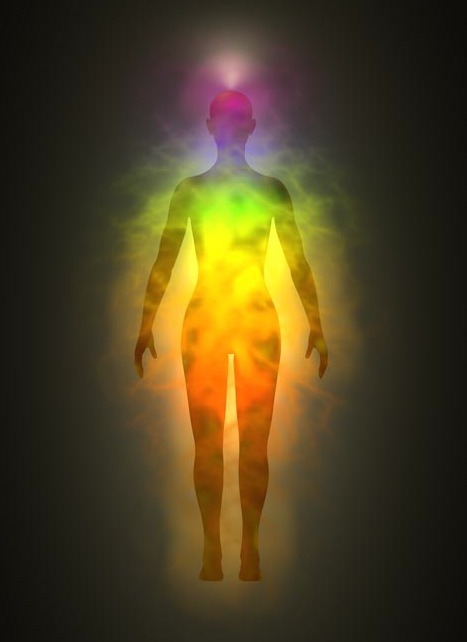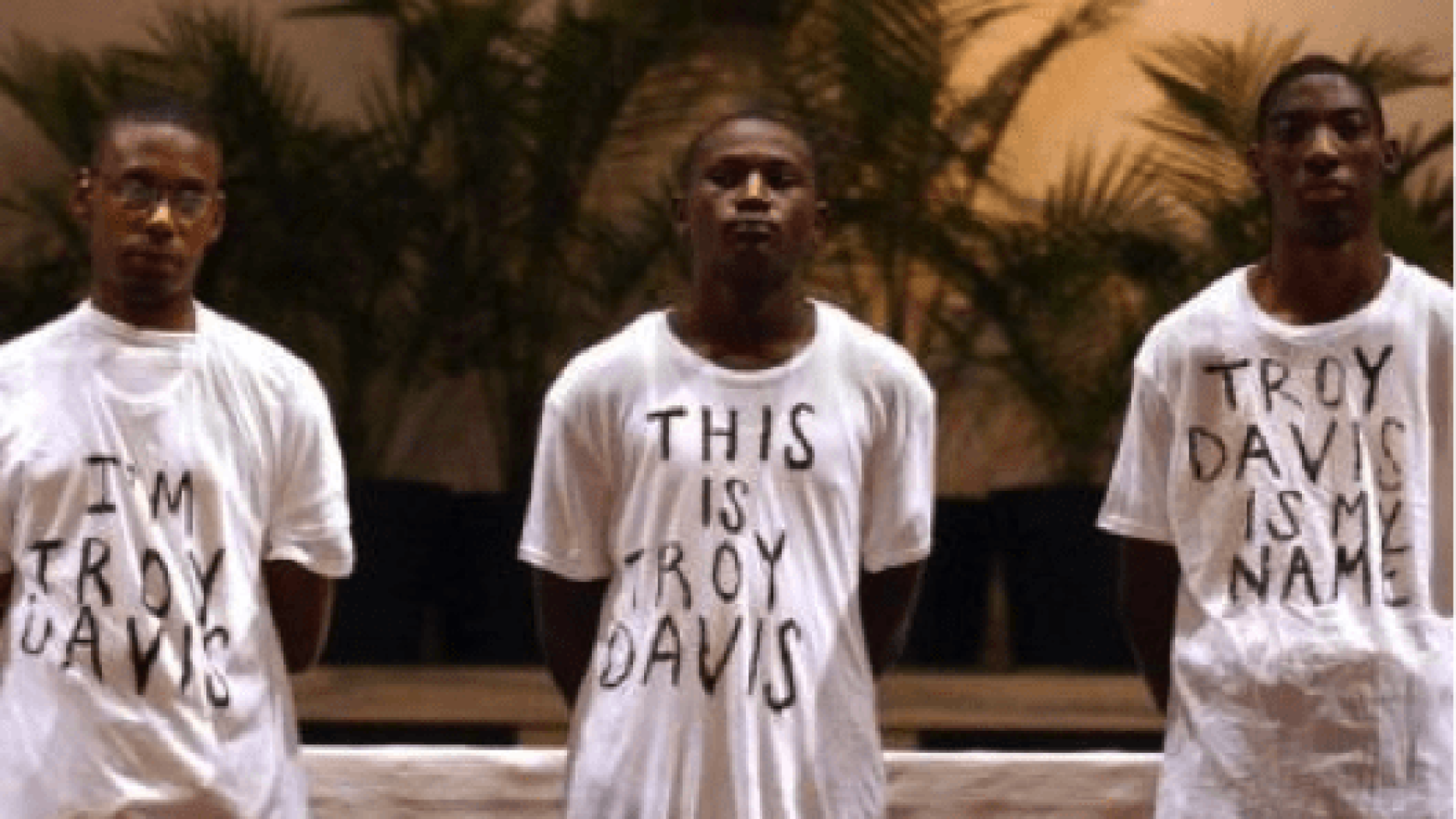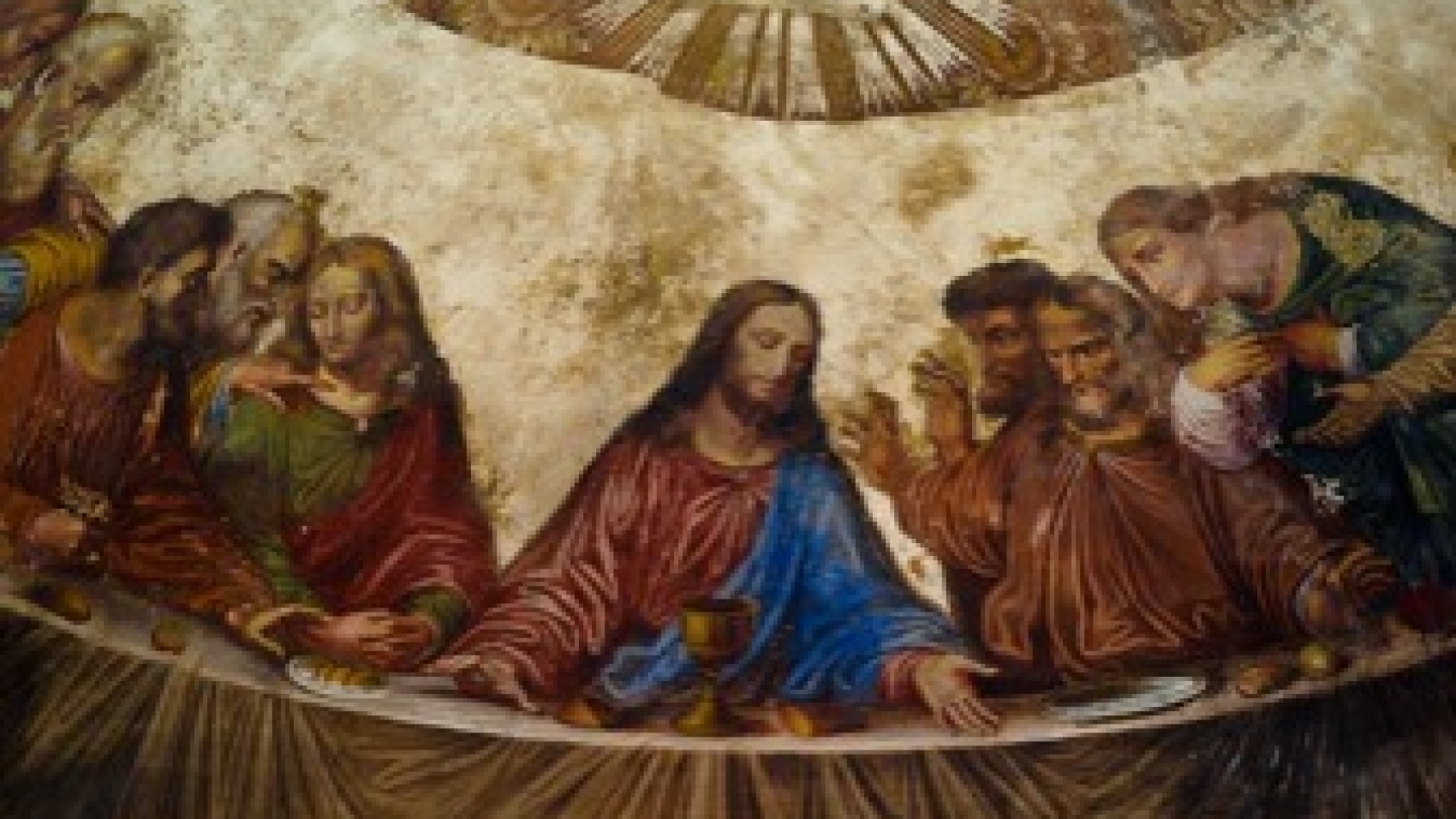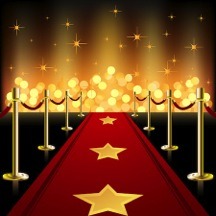
There is a special pleasure that comes with being recognized, when the spotlight shines on your hard work and turns it into a moment of glory. Nowadays, those moments can be broadcast instantly across the globe since most of us are plugged into our digital devices constantly. Your rising star can be shot into the limelight through the many outlets of social networking and internet sites.
You have a book you want to publish? While the publishing industry reinvents itself, you can put your e-book online and be an instant author. You have a song, or a whole album full of songs, you want heard? Put them online. You have opinions and insights that you’re sure everyone is waiting to hear? Roll out your blog. Got nothing you want to share with the world? How about voting for somebody else’s big moment? The next American Idol, the next big star with the X Factor, the next big Voice is dependent on your vote.
Suddenly, everyone counts. Everyone has a say in what’s happening. What does it all mean?
We all want to be seen, to be known, to be recognized for who we are. In fact, we not only want it, we need it. Social acceptance is the cornerstone of our self-concept, the vital ingredient in cooking up a positive identity. We thrive when others look at us with high regard. Every kindergarten teacher knows this.
But nowadays we live in a virtual world. We often have “virtual dates” before we ever meet face to face. In a world that pushes us to accomplish more and more on a daily basis—tackling overwhelming to-do lists while taking in more and faster images and information than ever before—the human dimension of seeing and appreciating each others’ unique gifts can shrink. With our fingers poised over a keyboard and our eyes glued to a screen, the river of kindness and care that should flow between individuals, the simple act of listening to and expressing gratitude for one another, can dry up. You can be left with an unnamed thirst for real connection to another human being.
We are, after all, social creatures who thrive when we have a sense that we belong. To the degree we lack a vital sense of belonging, we can feel isolated, alienated from any social network. When we are listened to and heard, our biochemistry stabilizes. Empathy is a healing force, yet a society that is constantly on “push” mode runs roughshod over our vulnerability, the space we need in order to really hear someone else. For many a fame- and attention-seeker, the need to grab the limelight is a symptom of a much deeper desire.
Perhaps this explains the growing fascination with grabbing that coveted 15 minutes of fame. American Idol and its clones, reality TV, Facebook, Twitter, and You Tube all feed into the collective thirst for belonging. But does that 15 minutes of fame or a 140-character rave review really quench your deep thirst? Or is it a substitute for the real thing—a deep soul connection that satisfies your true longing to be embraced in your wholeness.
A powerful practice that can break your sense of isolation and heal the place where you feel alienated is expressed in a bumper sticker slogan: Practice Random Acts of Kindness. This is the most basic means by which you can be the change you want to see in the world.
Next time you feel impatient or angry toward a stranger—you know, one of those people you are not “friends” with—try this experiment. Challenge yourself to let go of any negative interpretations of another’s behavior and give him or her the benefit of the doubt. Even though your knee-jerk response may be annoyance or frustration, note that you are assuming ill-will on their part. Did you respond in kind without much thought? For example, if someone cuts you off on the freeway, watch your reaction closely. Do you automatically shout, “You %&#@!”? Do you pre-suppose the driver did this to annoy you, rather than considering that perhaps you were in his blind spot when he went to change lanes? Or that he’s so upset about his father’s recent passing, that’s he’s blind with grief?
What we often don’t realize is that when we react with anger or annoyance toward another, when we judge or are unkind toward another, we also hurt ourselves. That’s right, you hurt yourself with judgment because the ill-will is occurring in your mind. Think about it. You judge another harshly, you zoom in on their faults, tally up the score, and decide they have in one way or another failed or lost. What have you gained? A sense of superiority? A boost in your confidence at the expense of hers? And what is the state of your mind? Are you full of love and peace and understanding? The truth of this situation can give you a new and, in a sense, entirely selfish motivation for practicing kindness.
Here’s another experiment. The next time you catch yourself judging someone, shift your attention and focus on what is beautiful or skillful about that person. Zoom in on details that can be celebrated and encouraged. Offer that person your approval by seeing him or her in the highest light possible. Now take note of the condition of your mind. You have just tapped into what I like to think of as the river of Ultimate Approval.
You have within your heart and mind the ability to quench that deep thirst for being seen, for being recognized for who you are, and the best way to start is simply to give your approval to someone else.
Applause. Applause.


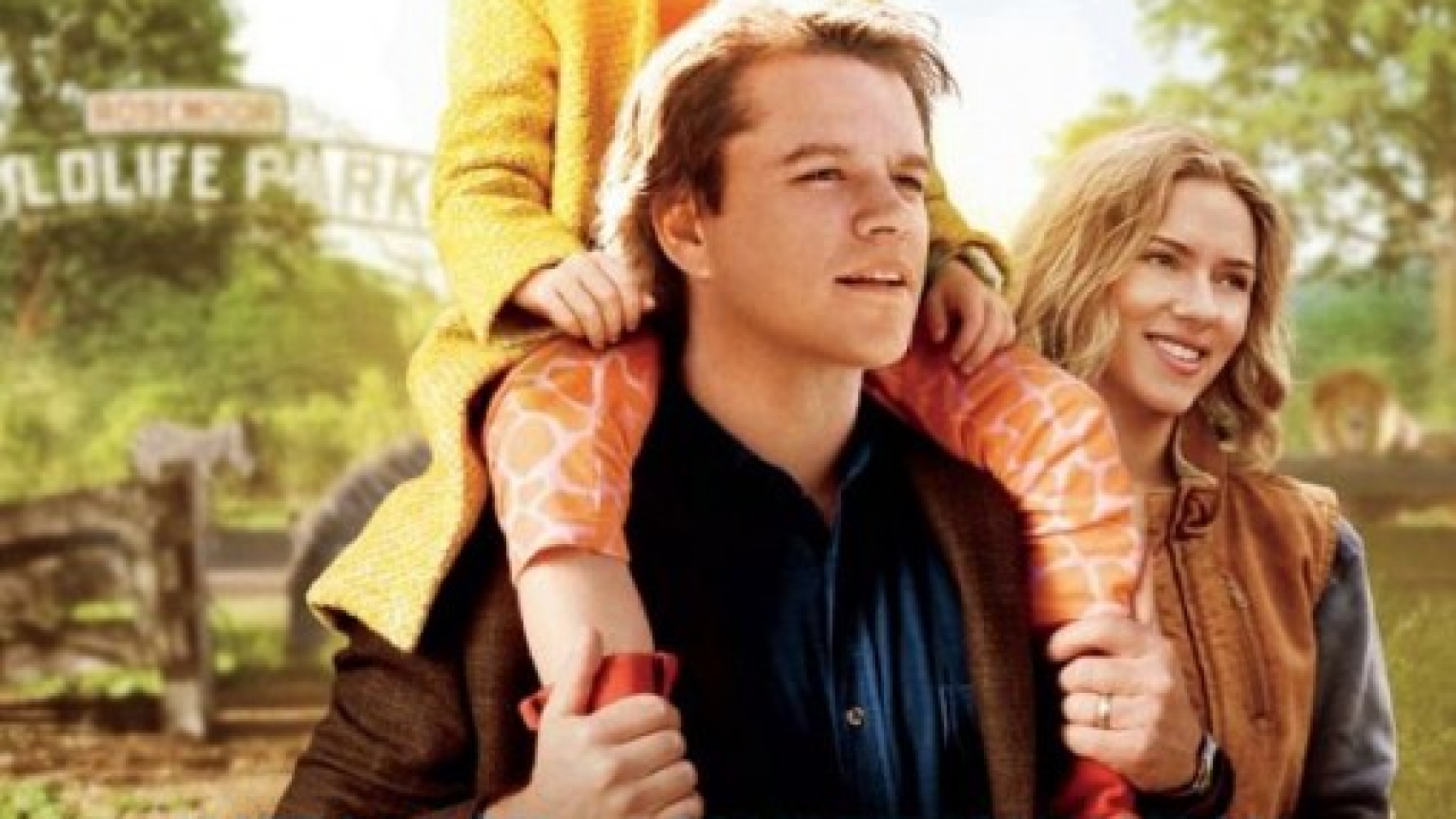
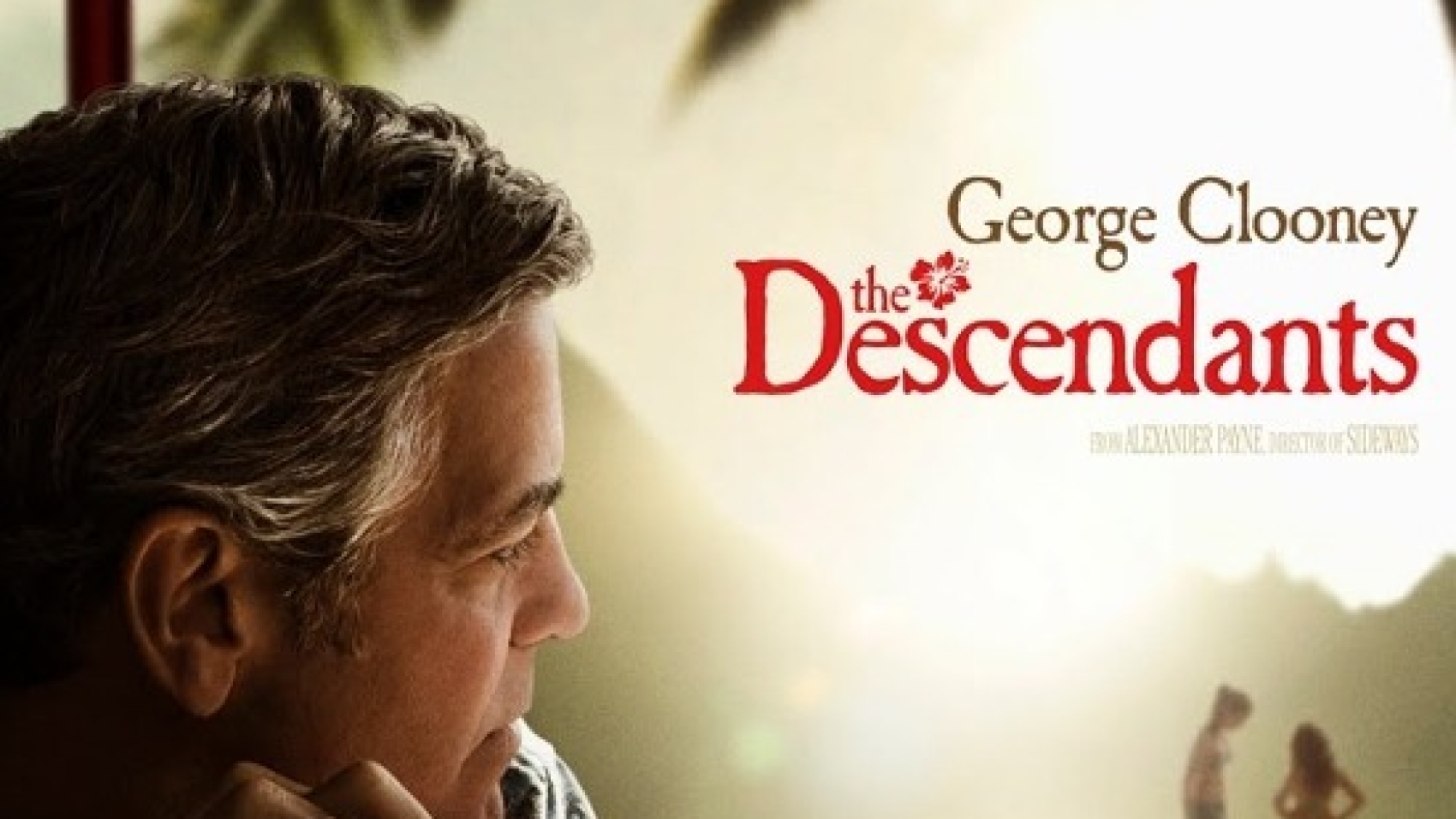
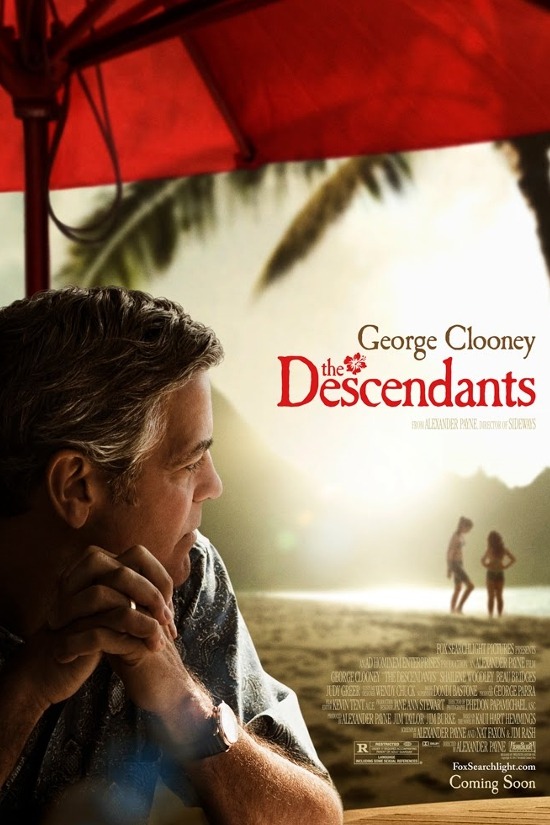 An unabashed movie buff, I have to admit I’ve seen 3 films in the past week, my first week home after 13 straight weeks traveling, and want to report in that The Descendants is the best of the bunch. Always good, George Clooney is great in this dramedy that is co-written and directed by Alexander Payne (think Sideways from ‘04 and About Schmidt from ‘02). The state of Hawaii is the co-star and setting – I’ve visited there many times and understand how Hawaiians feel a special love for their land and a need to protect it. The plot is built around Matt King’s (Clooney) upcoming vote on whether or not to sell a vast track of unspoiled land his family owns to a developer at the same time his wife is in a coma from a boating accident.
An unabashed movie buff, I have to admit I’ve seen 3 films in the past week, my first week home after 13 straight weeks traveling, and want to report in that The Descendants is the best of the bunch. Always good, George Clooney is great in this dramedy that is co-written and directed by Alexander Payne (think Sideways from ‘04 and About Schmidt from ‘02). The state of Hawaii is the co-star and setting – I’ve visited there many times and understand how Hawaiians feel a special love for their land and a need to protect it. The plot is built around Matt King’s (Clooney) upcoming vote on whether or not to sell a vast track of unspoiled land his family owns to a developer at the same time his wife is in a coma from a boating accident.




